Installation:
I found the confidence to trust my intuitive response to how the work should be hung. But also, be prepared to try out multiple alternatives. Placing the work in a playful way around the space worked well at first. Anya was great at wall placement and came up with many ideas which I would never have considered, the final show would have looked very different and less professional without her input. I hadn’t previously thought about lighting, natural, artificial (multiple options for this) direction of light etc. As the install progressed, I started to think of the gallery as a canvas, using the space as a place for composition, thinking about how the work sits best individually but also as a whole and with other people’s work, even noticing the surroundings, shabby walls, tidying paintwork, cleaning, walking around, in and out of the space to experience multiple viewpoints.
Having worked in the commercial sector as an artist for seven years I usually place the curation of my work in the hands of the gallerist. At first, I found this difficult to take charge of, being inclined to let others dictate what was best for my work in terms of placement, or even what to include or not. A conscious effort was required for me to think about how I saw my work within the space, I think I achieved a balance which was open to conversation, but I felt that the final decision was mine. This is something which I would feel confident to own moving forward
Installation images:
General Notes on Install:
The final instal; I rehung both areas in the end. The grouped pieces I expanded along the wall to give them more space between each. This meant not having three in the right-hand corner which although I was reluctant to change at first ended up being the right thing., allowing space for each piece to sit on its own and be read without the interruption of other pieces in proximity beside them. I maintained my idea of a group corner hang carefully considering colour, media and content when arranging. The placement suggests the domestic and an eclectic group, a sketchbook of ideas and ways of seeing objects. The largest five were moved down by about 6”. This decision was more to do with the content of the work than the placement. The standard hang of 1.5-meter centres doesn’t consider the image itself. The perspective of looking into, ovet the surface which the objects in the painting are placed worked well at a lower level.
Before and after images of corner hang:


Before and after with the five big paintings:
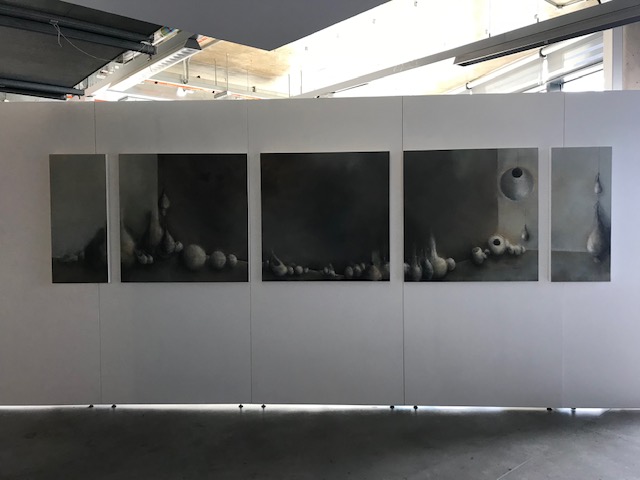
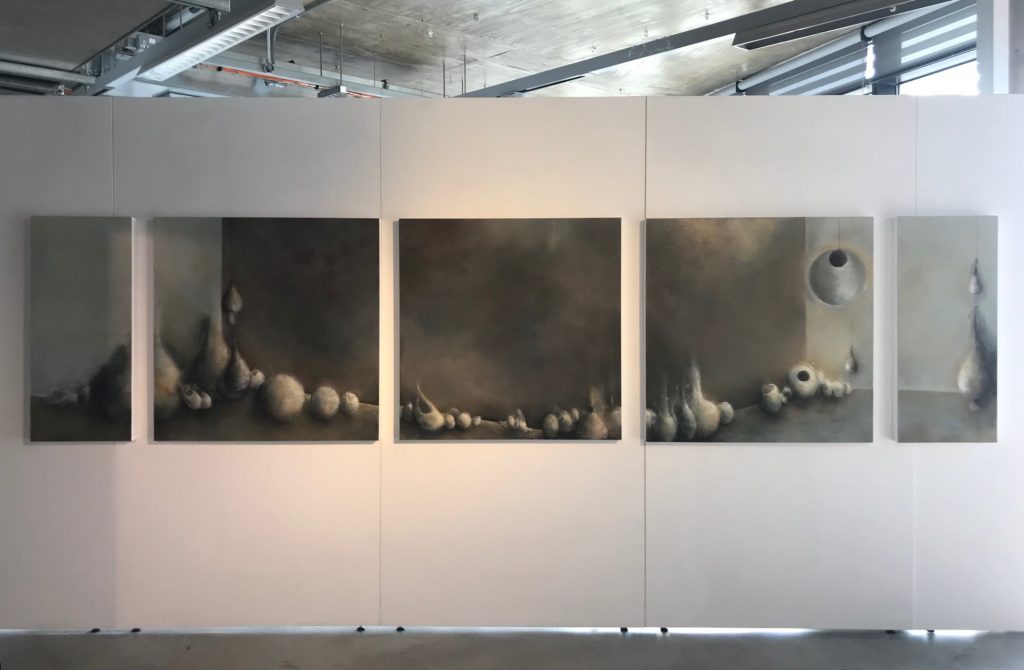
The decision to add some of the clay work as another wall installation was a bonus. I hadn’t expected to include these even though it feels relevant and adds interest and texture to an otherwise 2D experience. The phrase ‘Less is more’ with the clay pieces was the case, settling on only two in the end. Taking time to try every possible arrangement and combination really paid off. Anya constantly asked me what I like throughout the entire hang, and I began asking myself why or why not I prefer something or is it just intuitive? It made me question myself in a way which I usually reserve for the making process.
Images of the clay forms:





Evaluation of year three:
This final year has been the most impactful for my practice. A time when I felt that my writing, research and making really sat in the same working space. I found a way to write in which I could hear my own voice, writing which felt honest and less the box ticking writing which I have done previously. It has been a slow and organic growth in all aspects of my practice, this has been a good pace for me blending my commercial work with the MA. The two have fed each other but I have also realized that there will always be two sides to my day-to-day practice in order for me to make a living. I trust my intuition and am more confident now, both in terms of the work I produce but also the research, the people who I collaborate with and converse with about my work and how the work should be displayed. Moving forward I think it is important to consider my audience, being selective and thoughtful about how my work will be seen in different situation, be that academic, archival, collaborative, or educational, different settings evoke different feedback and critical responses which can enrich my practice in a way which the commercial gallery perhaps cannot.
film:

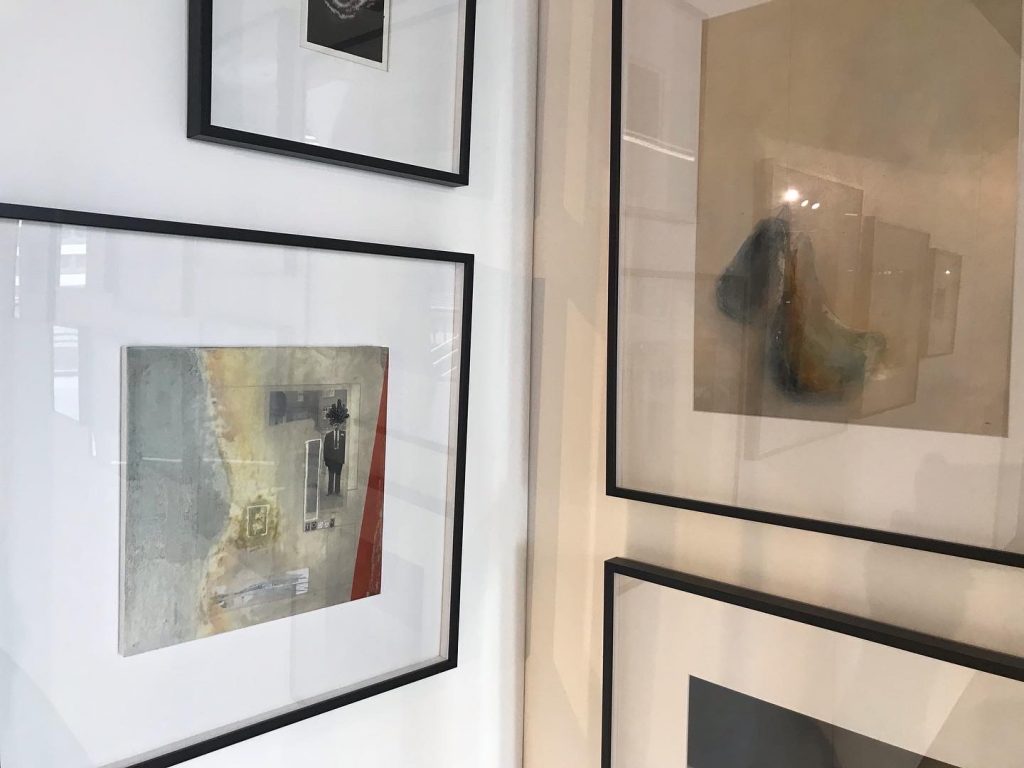
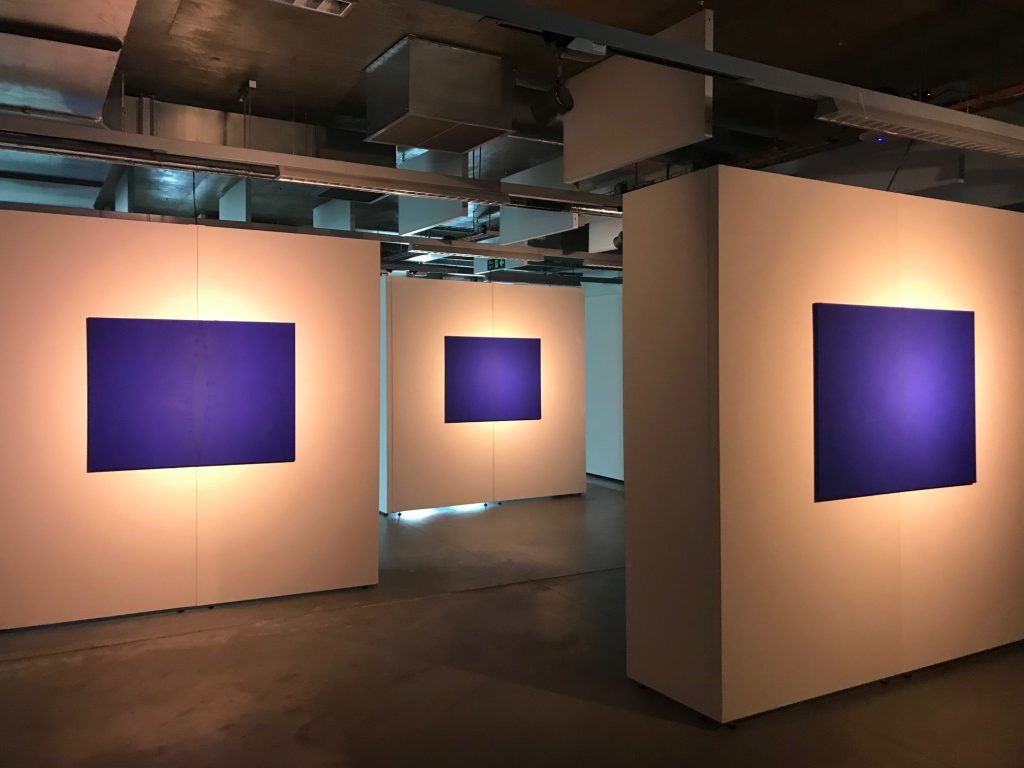
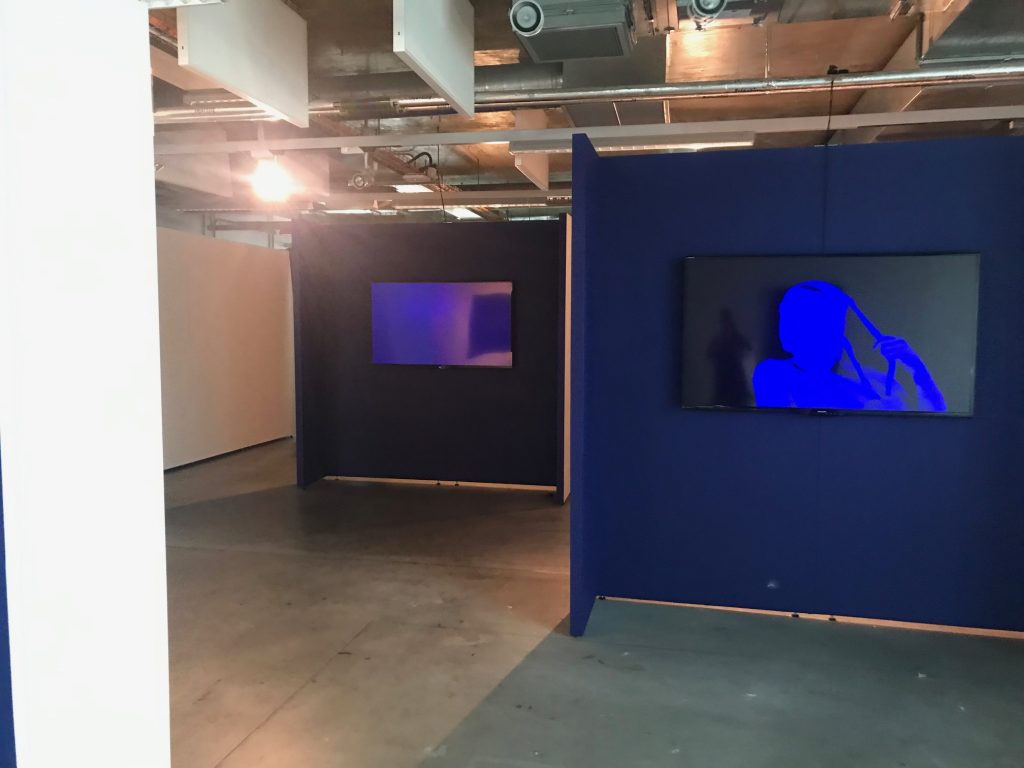
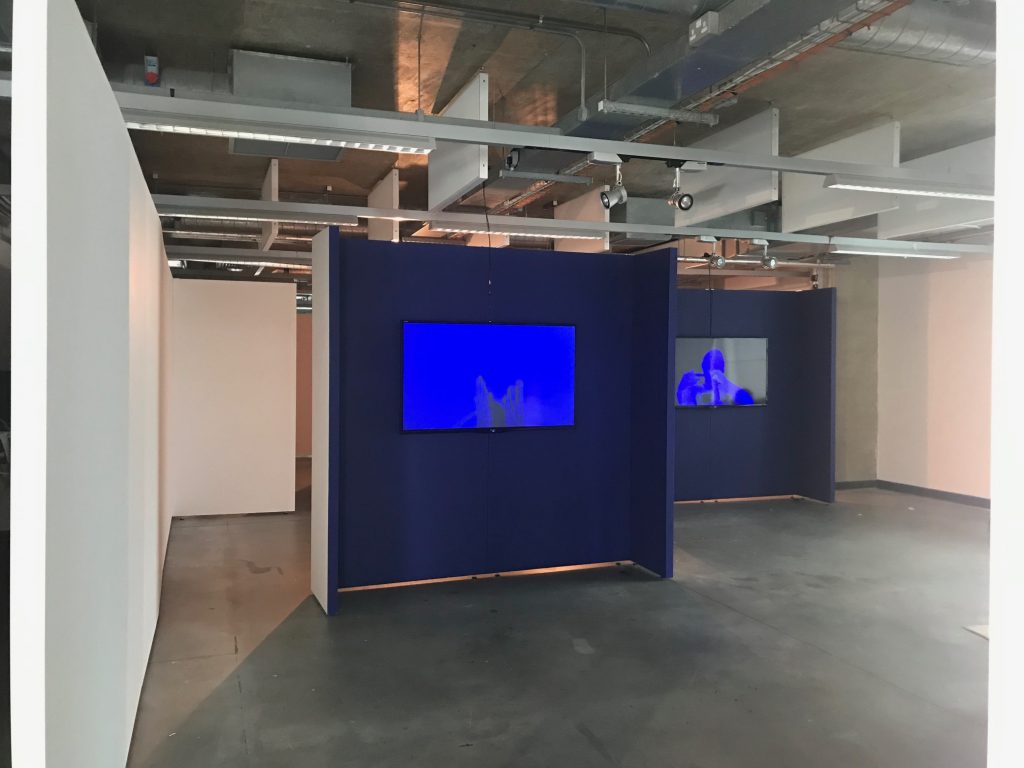
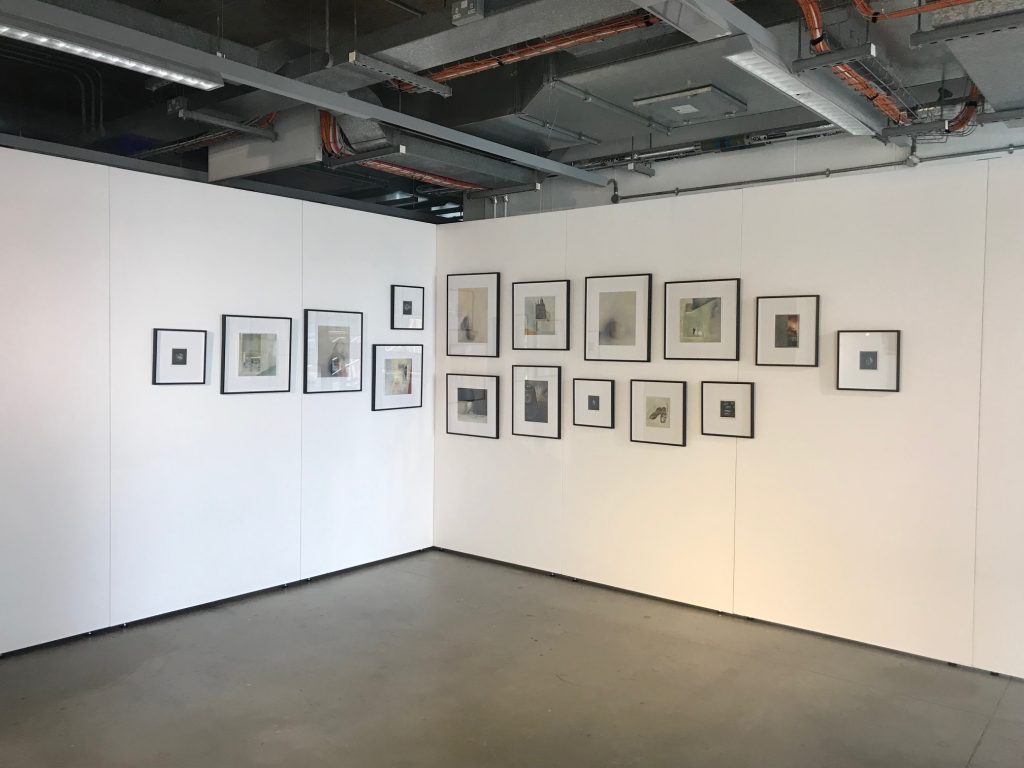
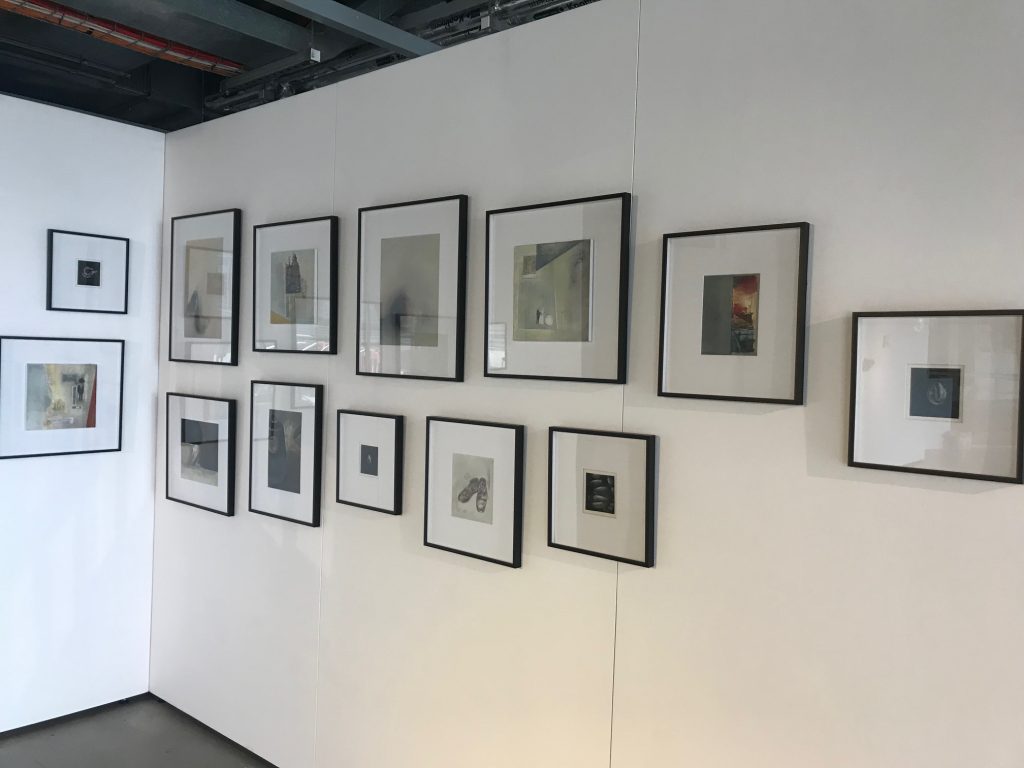
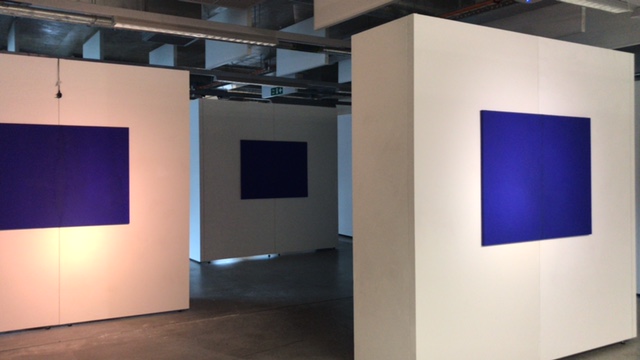

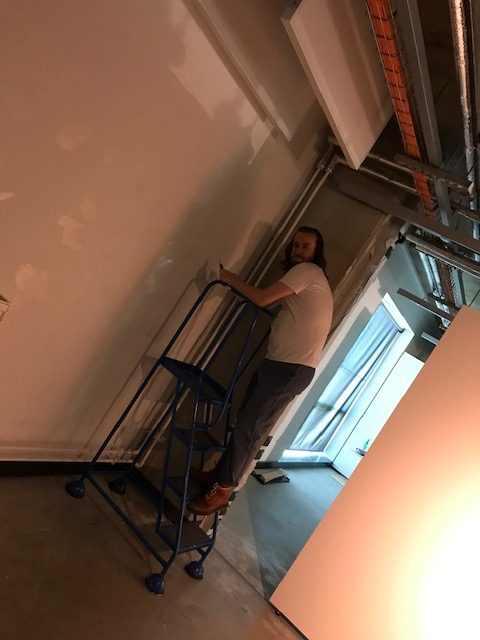





Recent Comments